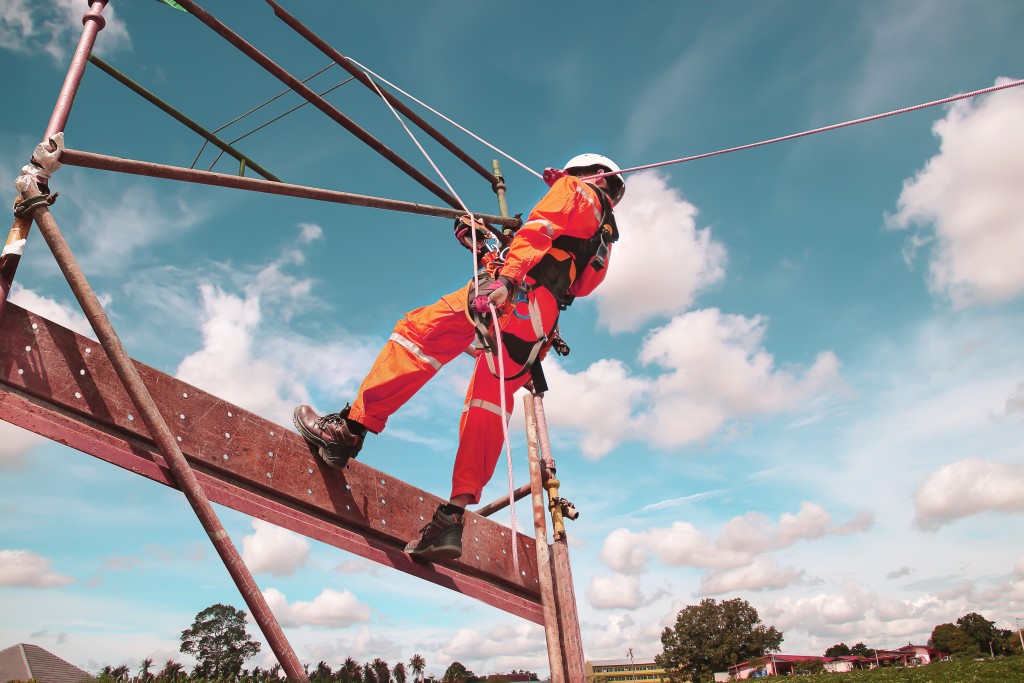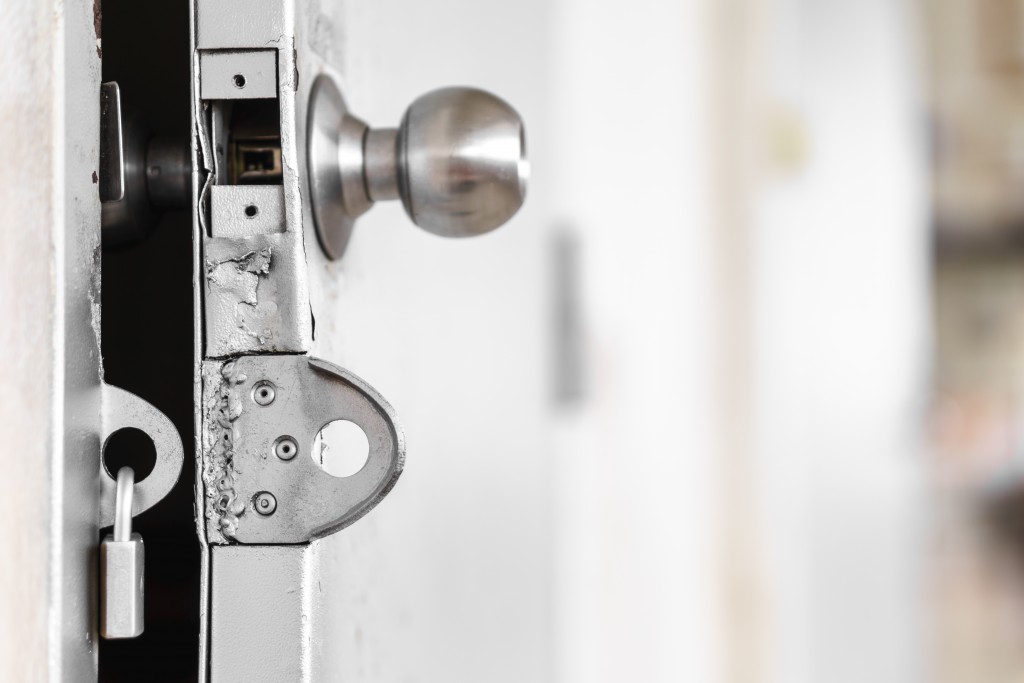Modular homes, or prefabricated homes, are currently all the rage among homeowners and real estate investors for many reasons. Even experts say that modular homes are the future of the real estate industry.
When a house is prefabricated, it simply means that it comes in pre-built parts. It’s the process of pre-building and manufacturing the sections off-site and shipping and assembling them to the owner’s land. Here are some benefits and advantages of building your home this way.
Prefab homes are more energy-efficient
This is because the up-to-the-minute windows and tight seams work to properly insulate the home and decrease homeowners’ energy costs in the process. One example is the world’s first eco-village, located in the city of Hurdal in Norway. A residential settlement filled with prefab or modular homes was constructed from 2013 to 2018. The walls of the prefab homes were completely covered with panels made of natural wood. Houses and roofs facing south were installed with photovoltaic systems to produce enough power throughout the summer.
During the colder seasons, the residents of the town would use locally harvested wood for heating. The residents also have electric car-sharing services. They developed an app specifically for everyone in the neighborhood to use the cars when they need to and for carpooling opportunities. It’s a great example of how a community chooses to live sufficiently and do as little harm as they can to the environment.
Prefab homes are good for the environment
Directly related to modular homes’ energy efficiency is their being environmentally friendly. This is because the process of constructing prefab homes requires much less carbon footprint than a typically-constructed American suburban home.
While many people might assume that a modular or prefab house is like a mobile home, this notion is far from the truth. Prefab homes are just like regular homes in that their foundations are just as secure, if not more. The process means that the parts of the home are pre-made somewhere else, and the sections are assembled and hooked up together using wind energy transport and other kinds of cranes once the home is ready to be transported.
Prefab homes are more ethical towards laborers
Regular construction entails requiring construction workers to work under the sun’s heat for long hours for months, if not years. Prefab homes allow workers to construct the homes in an air-conditioned warehouse or somewhere much more comfortable than a piece of land, which means they’re more protected from illnesses and other safety hazards that come with working on-site. Modular homes are also faster to construct, which means workers can move towards other projects more quickly.

Prefab homes can be designed however you want
There might also be a misconception that prefab or modular homes always have to look a certain way—like they have to look like a tiny house or a generic-looking home. But on the contrary, prefab homes can be designed in however way homeowners want them designed. Some examples include:
- The aforementioned eco-village in Nurdal, Norway. While the 175 units were designed similarly to keep the community looking uniform and with a cohesive theme, the units were designed like modern farmhouses and barns, especially since the community is also big on farming and sustainable living.
- Many designers opt to make prefab homes in the modern-industrial style since the materials used for prefab homes always look good in this aesthetic.
- Another example is this tiny A-frame prefab cabin in Portland, Oregon. The cabin is fully insulated, has a door porthole window, durable metal roofing, a large window, and cedar siding. It’s also fully transportable—perfect for homeowners who love the wilderness and love being in nature.
Prefab homes are generally more affordable
A big part of what we pay for when we have our homes built the traditional way is the labor of the workers. Since prefab homes take shorter construction time, workers spend much less time and fewer days working on the project, which means fewer fees for the homeowner. At the same time, since cooling and heating are also more affordable with prefab homes, that can save a lot of money in the long term. Modular homes also allow homeowners to choose the various levels of customization and fittings, which entails significantly lowering the cost of the home.
The Downsides
But of course, with advantages also come some disadvantages. Talk to a reputable prefab manufacturer to learn more about what you have to contend with, like your city’s permits and other unexpected variables. Building your dream home is a privilege, and a prefab home might be worth it despite the challenges.




